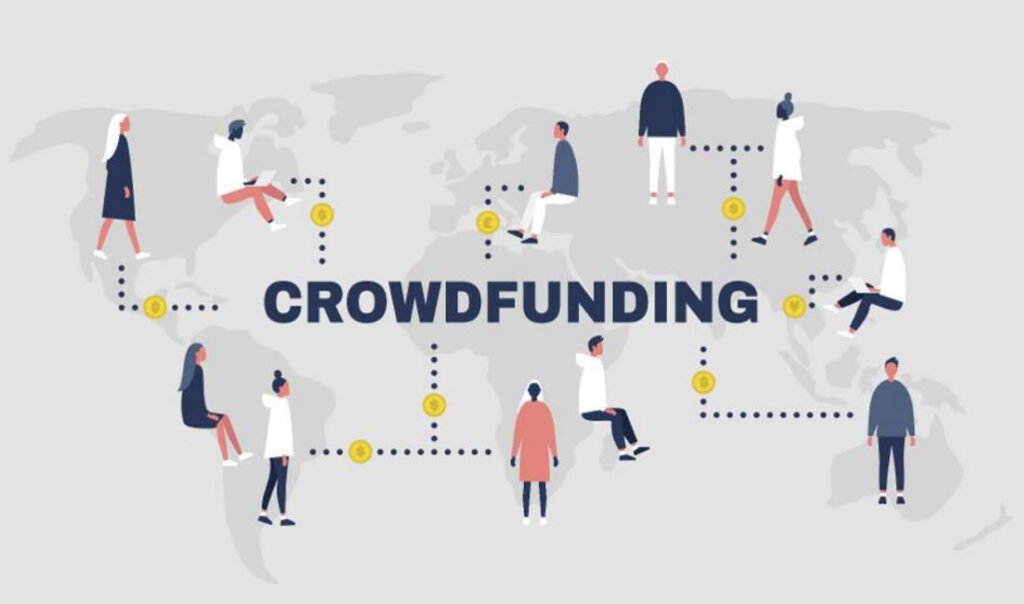
Crowdfunding has emerged as a revolutionary model in the publishing industry, transforming the way authors bring their literary creations to life. With its unique blend of advantages and challenges, crowdfunding provides a platform where authors and readers can engage in a collaborative journey towards the creation of new literary works.
In this article, we will explore the pros and cons of crowdfunding in publishing, shedding light on the intricacies of this innovative approach.
Pros of Crowdfunding:
1. Risk Mitigation:
Crowdfunding eliminates much of the financial risk associated with traditional publishing. Authors can gauge interest and secure funding before investing substantial amounts in production.
2. Enhanced Author-Reader Connection:
The crowdfunding model fosters a closer bond between authors and readers. Through social media appeals, personal interactions, and exclusive updates, authors can engage directly with their audience, creating a sense of community.
3. Reader Rewards:
Crowdfunding campaigns often offer unique rewards to backers, such as limited-edition copies, personalized acknowledgments, or even exclusive experiences. Readers benefit from these special incentives, making their contribution more meaningful.
4. Profit Potential:
Successful crowdfunding ventures can be highly profitable. Many projects surpass their funding goals, enabling authors to receive substantial financial support beyond what traditional publishing advances might offer.
Cons of Crowdfunding:
1. Not Suitable for Everyone:
Crowdfunding requires a specific personality and resilience. Authors need to approach friends, acquaintances, and even strangers to pre-pay for a book that is yet to be written. It demands a level of boldness that may not be comfortable for everyone.
2. Dependence on Networking:
Networking plays a crucial role in crowdfunding success. Authors with existing networks, such as social media followers or YouTube subscribers, find it easier to tap into engaged audiences. Building and maintaining such networks can be challenging for those without a significant online presence.
3. High Failure Rate:
Crowdfunding projects face a significant risk of failure, with 30-40% of campaigns failing to reach their funding targets. This high failure rate highlights the unpredictable nature of the crowdfunding landscape.
4. Long Wait for Supporters:
Supporters may face extended wait times for the completion of the project. From the initial funding stage to book delivery, the process can span several months or even years, leading to a potential disconnect between backers and the final product.
5. Limited Distribution Channels:
Individual authors who personally crowdfund their books may face challenges in reaching traditional bookstores. While some crowdfunding publishers have established distribution channels, this is not universally true for individual authors.
Conclusion:
Crowdfunding in publishing represents a dynamic and evolving landscape, offering authors a novel path to bring their creative endeavors to fruition. While the model introduces exciting possibilities for direct author-reader engagement and financial success, it comes with its set of challenges, including a reliance on networking, a high failure rate, and limited distribution channels.
Authors considering crowdfunding must carefully weigh these pros and cons to determine if this approach aligns with their goals and personal characteristics.
You may also like:- Top 5 Business Ideas with Low Startup Costs
- Top 10 Tips to Jump Start Your Business Plan
- 10 Home-Based Business Ideas for Work-at-Home Moms
- 10 Effective & Smart Tips to Reduce Your Business Costs
- BharatPe Breaks All Ties with Ashneer Grover in Settlement Deal
- 10 Apps and E-Tools to Kickstart Your Online Business
- 6 Fears That Prevent You From Starting Your Own Business
- Starting a Business? Here Are 12 Must-Dos for Success
- 9 Beginner Mistakes as an Entrepreneur: What to Avoid
- 5 Mistakes That Make 95% of Newbies Fail in Their Online Business








